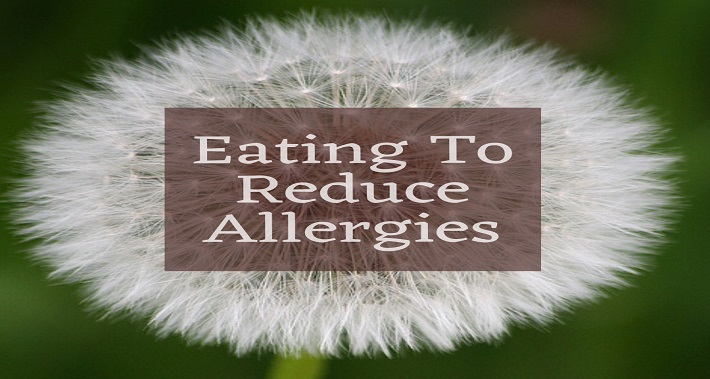What is an Allergy?
An allergy is when the immune system responds to an allergen. An allergen is a substance that is harmless but your immune system reacts anyway. Common allergens are dust, pollen, pet dander, etc. The immune response is led by different kinds of white blood cells. Mast cells are the specific white blood cells that release histamine which leads to inflammation and allergy symptoms. Allergy symptoms include runny nose, puffy eyes, watery/itchy eyes, headache, difficulty breathing and overall congestion.
What is Histamine?
Histamine is a very important compound in the body. Histamine works as a neurotransmitter in the nervous system, regulates stomach acid production, is involved in blood vessel permeability and smooth muscle contraction. This is all in addition to being a vital part of the immune response.
Histamine Excess
Histamine excess is best explained using an analogy. Consider your body as a histamine bathtub. Your bathtub fills with histamine as part of everyday functioning. The overflow drain of the bathtub is two enzymes called Diamine Oxidase (DAO) and Histamine N-methyltransferase (HMT). These enzymes are responsible for the breakdown of histamine. During allergy season there is an overproduction of histamine where the overflow drain cannot keep up and therefore the bathtub overflows and you experience symptoms of histamine excess or allergy symptoms. This analogy outlines two places for possible intervention. One, reduce how much histamine is in the tub. Reducing histamine is how over the counter allergy medicine works. Two, make the overflow drain more efficient by increasing the levels of DAO and HMT (DAO levels seem to be of more importance).
Reducing Histamine
There are two ways to do this. You can either reduce how much histamine you eat and/or increase your natural anti-histamines.
Natural anti-histamines
- Quercetin is the most important natural anti-histamine and can be found in dark leafy vegetables, broccoli, red onions, peppers, apples, grapes, black tea, green tea, red wine. Red raspberries and black grapes are the best.
- Bioflavonoids are compounds found in plant pigments. Bioflavonoids work synergistically with quercetin and vitamin C to reduce histamine. To ensure adequate intake of bioflavonoids, eat a large variety of different colored vegetables and fruits.
- Vitamin C. Best sources are citrus fruit, peppers, broccoli, cabbage, brussel sprouts
Avoid foods that are high in histamine
- Very-high-histamine foods include canned or smoked fish.
- High-histamine foods include aged cheese, fermented foods like kimchi, sauerkraut, kombucha, yogurt and kefir, all alcohol, vinegar, and cured meat.
Increasing DAO
It has become somewhat popular to take DAO supplements. The problem with this approach is that DAO supplementation will only affect the histamine in your digestive tract. DAO supplements will not affect the histamine coming from your mast cells. A better approach is to consume nutrients that are effective at increase DAO levels throughout the body.
Nutrients that increase DAO and their sources
- Omega 3 fatty acids (salmon, tuna, mackerel, lake trout)
- Saturated Fat (grass-fed butter, pasture raised eggs, avocados)
- Phosphorus (almond, broccoli, white beans)
- Calcium (broccoli, chia seeds, leafy vegetables)
- Zinc (almonds, lentil, spinach)
- Magnesium (dark leafy greens, cashews, pumpkin seeds)
- Iron (grass-fed beef, lentils, pumpkin seeds)
- B12 (fresh tuna, salmon, grass fed beef)
DAO blockers
- Alcohol
- Energy drinks
- Green tea
- Black tea
- Mate tea
If you have any questions, leave them in the comments below.
If you have questions about naturopathic medicine, or would like to start with your first consultation, contact me, and let’s book an appointment.
Dr. Sheila Dyer, ND1080 Dovercourt Rd,
Toronto, ON M6H 2X8
(416) 554-5135
► https://g.page/DrSheilaDyerNd
Dr. Sheila Dyer is a Naturopathic Doctor and a practicing registered nurse offering holistic healthcare with a scientific focus
